

The Alan Greenwood archive contains a variety of material, from degree certificates and correspondence to copies of lectures and scientific papers. However, one of the most fascinating parts of the archive is a collection of photographs which not only contains some nineteenth-century portraits of Greenwood’s ancestors, but also visually documents the work done at the Institute of Animal Genetics Poultry Research Centre from the period Greenwood was director (1947-1962), as well as some earlier photographs from the Institute of Animal Genetics, where Greenwood worked from 1923. The photographs have been mounted on around 100 pages of paper which look to have at one time been fixed inside a folder or album, and are annotated in Greenwood’s hand. The photographs consist mainly of official portraits and photographs taken for publicity and press purposes, informal snaps of conferences and social events and also more personal, intimate pictures of scientists and members of their family. The first page of photographs in the collection is from the latter category, and depicts Polish biologist Stefan Kopeć (1888-1941) and his daughter Maria. When I first came across these pictures whilst cataloguing, I was struck by the intimacy of the shots: Kopeć sits, his spectacles lying on one side, looking frankly at the camera. The second picture shows Maria tenderly embracing her father. I thought these pictures were remarkably domestic and personal for a collection which mainly consists of pictures of scientists ‘at work’, and it piqued my interest in finding out more about Kopeć and his daughter.
It proved to be quite a story. Stefan Kopeć was a pioneering insect endocrinologist, publishing papers in academic journals in Polish, English and German. After receiving his PhD at the Jagiellonian University in Kraków in 1912, he joined the Pulawy Agricultural Research Station in Poland and was made director there in 1929. His most important contribution to science was his discovery of the role of the insect brain in the production of hormones, and this study laid the groundwork for what is now called neuroendocrinology. As for Kopeć’s connection with Alan Greenwood, I was aware that they had published a joint paper, ‘The Effects of Yolk Injections on the Plumage of an Ovariotomised Brown Leghorn Hen’ (Development Genes and Evolution, 121:1-2, 87-95) in 1929-1930, so it seemed likely that Kopeć visited the Animal Breeding Research Organisation (ABRO) at some point around this time. Records in the Institute of Animal Genetics (as the department became known) collection are scanty from this period, but I was delighted to come across a message from Kopeć in the Institute’s visitors’ book dated January 4th 1928, along with another photograph. Kopec writes:
 The seven months I spent in the ABRO have been most profitable for me. I gained there some valuable methods and many important suggestions. I was very sorry to have to leave the place where I also got many good friends. Ladies and gentlemen! (both from the laboratories and poultry houses and from the office!) Please accept many thanks for all your kindness, all advice and help and be sure of my gratitude. Do not miss any opportunity to visit me in Pulawy. In the name of myself and my colleagues, of my wife and my F1-generation (♂ and ♀), of my rabbits, mice, fowls and other laboratory creatures I assure you of a very warm welcome…“
The seven months I spent in the ABRO have been most profitable for me. I gained there some valuable methods and many important suggestions. I was very sorry to have to leave the place where I also got many good friends. Ladies and gentlemen! (both from the laboratories and poultry houses and from the office!) Please accept many thanks for all your kindness, all advice and help and be sure of my gratitude. Do not miss any opportunity to visit me in Pulawy. In the name of myself and my colleagues, of my wife and my F1-generation (♂ and ♀), of my rabbits, mice, fowls and other laboratory creatures I assure you of a very warm welcome…“
The rest of the story, however, is not so positive. In 1940, Kopeć was arrested and imprisoned in Poland by the Gestapo along with his daughter Maria and son Stanislaw for their involvement in a Polish underground university. In 1941, Stefan and Stanislaw were executed at Palmiry, near Warsaw, in reprisal against an action of the Polish underground army.
Stefan’s daughter Maria however, went on to be a distinguished radiation scientist, receiving the prestigious Maria Skłodowska-Curie Medal in 1983, while Stefan Kopeć ‘s name lives on in the annual International Conference on Anthropods the Stefan Kopeć Memorial Conference at the University of Wroclaw.
Photographs like these can have enormous power in the ability to open up individual life stories. Kopeć’s story demonstrates the interrelationship between different collections in the ‘Towards Dolly’ project and reflects the sometimes complex but always fascinating story of animal genetics in Edinburgh.

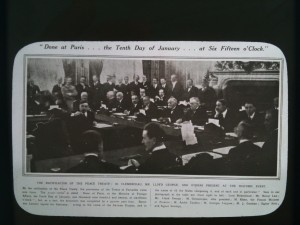


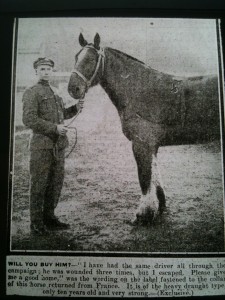
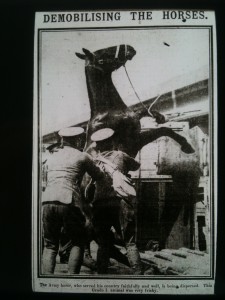
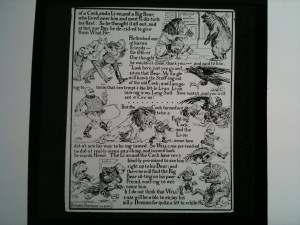
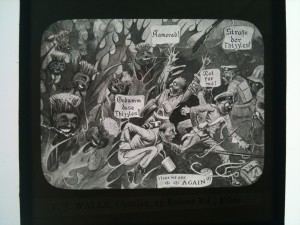
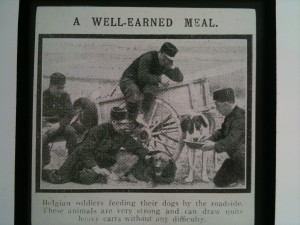
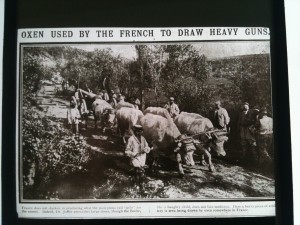

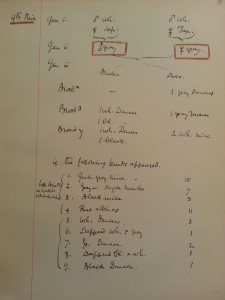



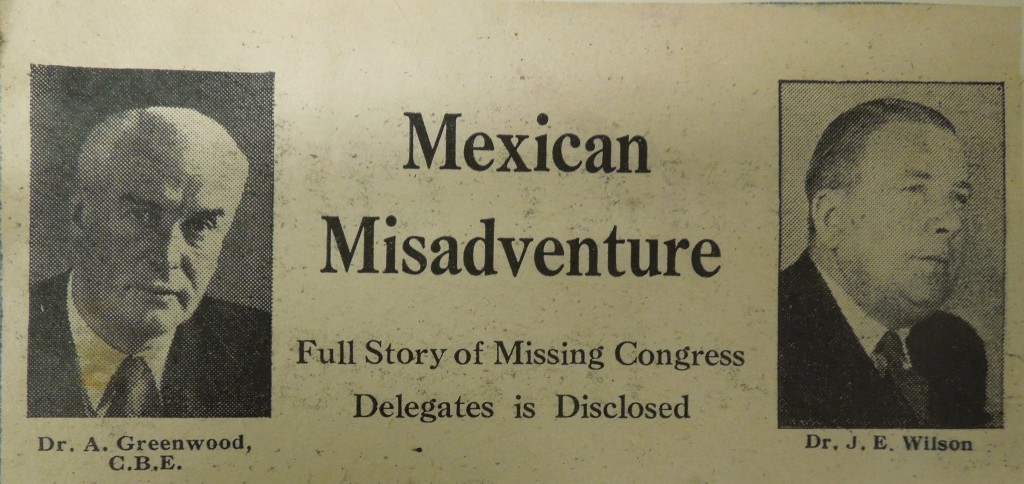


 According to Burt’s report in the Roslin Institute’s Annual Report 1994-1995, the next challenge that they faced was to ‘locate and identify the defective gene in this (talpid3) mutant’ and that ‘a “positional cloning” approach could be used in which the talpid genetic locus itself is cloned and genes within that DNA are tested.’
According to Burt’s report in the Roslin Institute’s Annual Report 1994-1995, the next challenge that they faced was to ‘locate and identify the defective gene in this (talpid3) mutant’ and that ‘a “positional cloning” approach could be used in which the talpid genetic locus itself is cloned and genes within that DNA are tested.’







